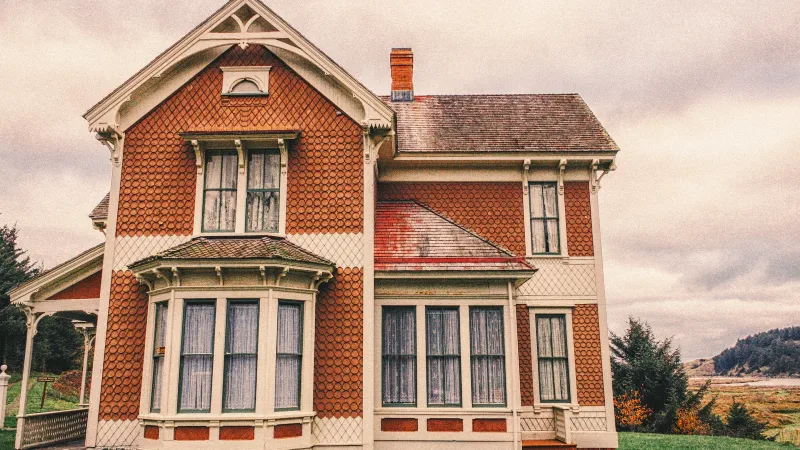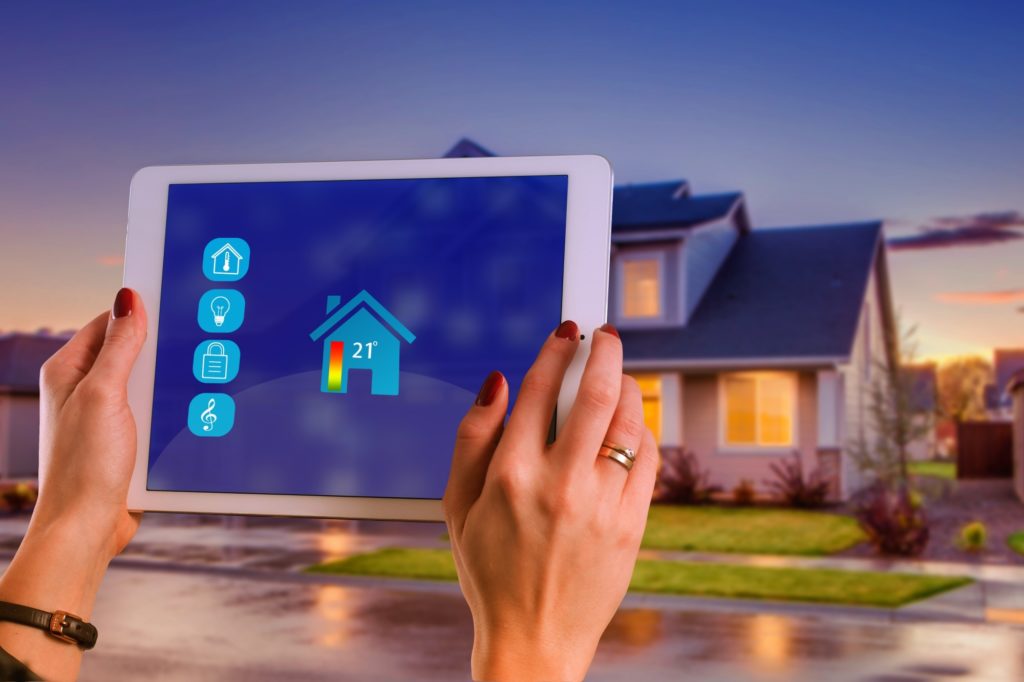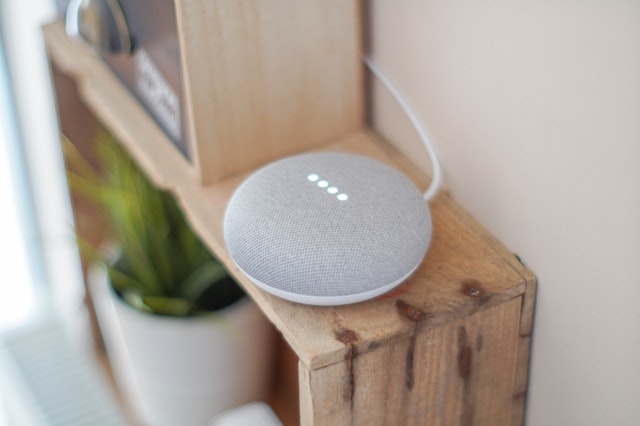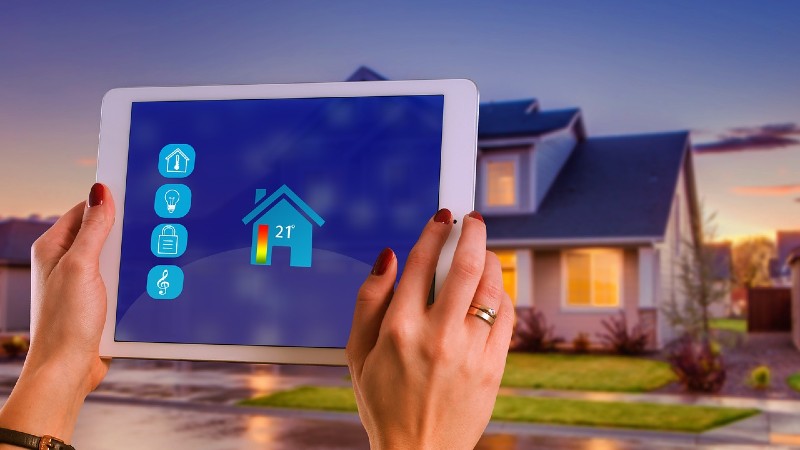Disclosure: This post may contain affiliate links, meaning we get a commission if you decide to make a purchase through our links, at no cost to you. Please read our disclosure for more info.
In the digital age, smart technology has become more than just a trend—it’s a standard. With the rise of the Internet of Things (IoT) and interconnected devices, homeowners are increasingly looking to integrate these advancements into their living spaces. But what happens when the home itself harks back to a time before wireless networks and voice-activated assistants? This article delves into the unique challenges and opportunities of merging smart technology with traditional homes.
In This Post:
The Allure of the Traditional
Traditional homes, with their classic architecture, timeless designs, and solid construction, hold a unique charm. They tell a story, often showcasing period-specific details and materials. However, they were built in a time when household tech meant a landline phone and maybe an automatic garage door. Integrating modern technology without disrupting their inherent charm is both an art and a science.
Smart Solutions for Age-Old Homes
Wi-Fi and Connectivity
Before diving into smart gadgets, ensure your traditional home has robust Wi-Fi coverage. Old homes often have thicker walls or materials that can hinder signals. Mesh Wi-Fi networks or strategically placed routers can help in ensuring every corner of your house is covered.
Smart Lighting
One of the easiest entries into the world of smart homes is through lighting. Smart bulbs can fit into existing sockets, and smart switches can replace old ones. They allow homeowners to control lighting through voice commands, smartphones, or schedules. Plus, they can maintain the warm glow synonymous with older homes.
Thermostats and Heating
Smart thermostats can help traditional homes become more energy-efficient. They learn your patterns, adjusting heating or cooling accordingly. Given the energy quirks many older homes have, this can result in significant savings and increased comfort.
Voice Assistants and Home Hubs
Devices like Amazon Echo or Google Nest Hub can be subtly placed within living spaces, allowing homeowners to control various smart devices, play music, or get information with simple voice commands.
Challenges and Considerations
Aesthetic Harmony
The design of smart devices might not always align with the traditional aesthetics of older homes. Consider looking for gadgets that offer customizable skins or finishes, or place them in less conspicuous locations.
Electrical Systems
Some vintage homes might have outdated electrical systems. Before installing a plethora of smart devices, ensure the home’s wiring can handle it. This might mean enlisting an electrician for an assessment or upgrade.
Security and Privacy
With increased connectivity comes the need for heightened security. Always keep software and hardware updated to protect against potential breaches. It’s vital for homeowners to be aware of the data being shared by their devices.
Note: During extensive technological renovations, especially in traditional homes that might require added protection for certain structures or areas, a construction tent can prove invaluable. Such tents provide a controlled environment, safeguarding both the home’s integrity and the technology being installed.
Final Thoughts
Successfully integrating smart technology into traditional homes means enjoying the conveniences of modern living without compromising on historical beauty and charm. With thoughtful placement, respect for design, and an understanding of the unique needs of older structures, homeowners can indeed have the best of both worlds.
In conclusion, while it might seem daunting to bring 21st-century tech into a home from the 19th or 20th century, it’s not only feasible but also deeply rewarding. The fusion of the old and new can create a living space that is simultaneously nostalgic and futuristic—a perfect abode for the modern individual.




